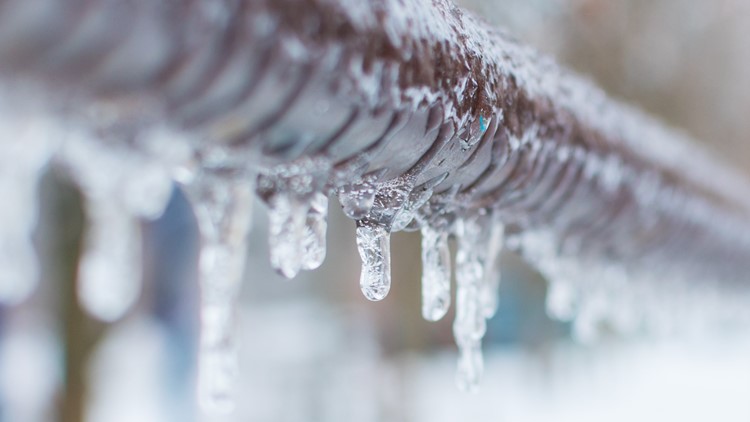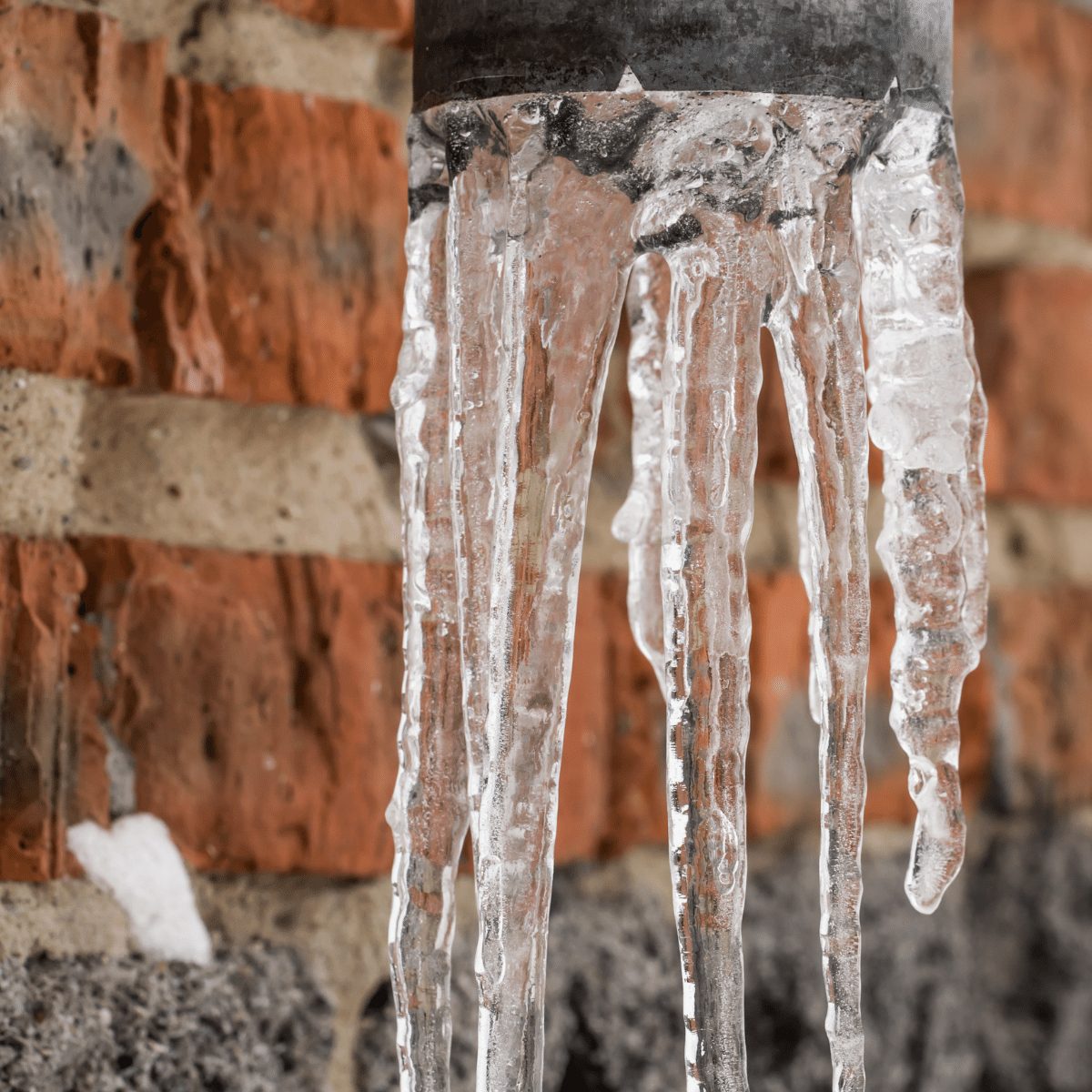Guidance for Avoiding Frozen Pipes in Winter: Professional Advice
Guidance for Avoiding Frozen Pipes in Winter: Professional Advice
Blog Article
The article author is making a few good annotation related to Preventing and dealing with frozen pipes as a whole in this content in the next paragraphs.

Winter can damage your plumbing, specifically by freezing pipes. Below's just how to stop it from happening and what to do if it does.
Intro
As temperature levels decline, the risk of icy pipes increases, potentially causing costly repair services and water damage. Comprehending just how to prevent icy pipelines is essential for home owners in cold environments.
Understanding Frozen Pipelines
What creates pipes to ice up?
Pipelines freeze when revealed to temperatures below 32 ° F (0 ° C) for expanded periods. As water inside the pipes ices up, it increases, taxing the pipe walls and possibly triggering them to rupture.
Threats and damages
Frozen pipes can lead to water system interruptions, residential or commercial property damage, and expensive repair services. Burst pipelines can flood homes and cause considerable structural damages.
Indicators of Frozen Pipeline
Identifying frozen pipes early can stop them from breaking.
Exactly how to identify icy pipelines
Seek lowered water circulation from taps, unusual odors or noises from pipelines, and visible frost on revealed pipes.
Prevention Tips
Shielding prone pipes
Cover pipes in insulation sleeves or use heat tape to protect them from freezing temperature levels. Concentrate on pipes in unheated or outside areas of the home.
Home heating techniques
Maintain indoor rooms adequately heated, particularly areas with pipes. Open up cupboard doors to allow warm air to flow around pipes under sinks.
Protecting Outside Plumbing
Garden tubes and exterior faucets
Separate and drain yard hoses prior to winter months. Install frost-proof spigots or cover exterior faucets with insulated caps.
What to Do If Your Pipelines Freeze
Immediate activities to take
If you presume frozen pipes, keep faucets available to soothe pressure as the ice thaws. Use a hairdryer or towels taken in hot water to thaw pipes slowly.
Long-Term Solutions
Architectural adjustments
Think about rerouting pipes away from exterior walls or unheated locations. Add additional insulation to attic rooms, basements, and crawl spaces.
Upgrading insulation
Purchase high-grade insulation for pipelines, attic rooms, and wall surfaces. Proper insulation aids preserve constant temperatures and reduces the threat of frozen pipelines.
Verdict
Preventing icy pipes requires positive steps and fast actions. By recognizing the reasons, signs, and safety nets, property owners can secure their plumbing throughout cold weather.
5 Ways to Prevent Frozen Pipes
Drain Outdoor Faucets and Disconnect Hoses
First, close the shut-off valve that controls the flow of water in the pipe to your outdoor faucet. Then, head outside to disconnect and drain your hose and open the outdoor faucet to allow the water to completely drain out of the line. Turn off the faucet when done. Finally, head back to the shut-off valve and drain the remaining water inside the pipe into a bucket or container. Additionally, if you have a home irrigation system, you should consider hiring an expert to clear the system of water each year.
Insulate Pipes
One of the best and most cost-effective methods for preventing frozen water pipes is to wrap your pipes with insulation. This is especially important for areas in your home that aren’t exposed to heat, such as an attic. We suggest using foam sleeves, which can typically be found at your local hardware store.
Keep Heat Running at 65
Your pipes are located inside your walls, and the temperature there is much colder than the rest of the house. To prevent your pipes from freezing, The Insurance Information Institute suggests that you keep your home heated to at least 65 degrees, even when traveling. You may want to invest in smart devices that can keep an eye on the temperature in your home while you’re away.
Leave Water Dripping
Moving water — even a small trickle — can prevent ice from forming inside your pipes. When freezing temps are imminent, start a drip of water from all faucets that serve exposed pipes. Leaving a few faucets running will also help relieve pressure inside the pipes and help prevent a rupture if the water inside freezes.
Open Cupboard Doors
Warm your kitchen and bathroom pipes by opening cupboards and vanities. You should also leave your interior doors ajar to help warm air circulate evenly throughout your home.

We were shown that editorial about How to prepare your home plumbing for winter weather from a good friend on our other domain. Loved our piece? Please share it. Let somebody else find it. Thank you so much for your time invested reading it.
Book 24/7 Report this page